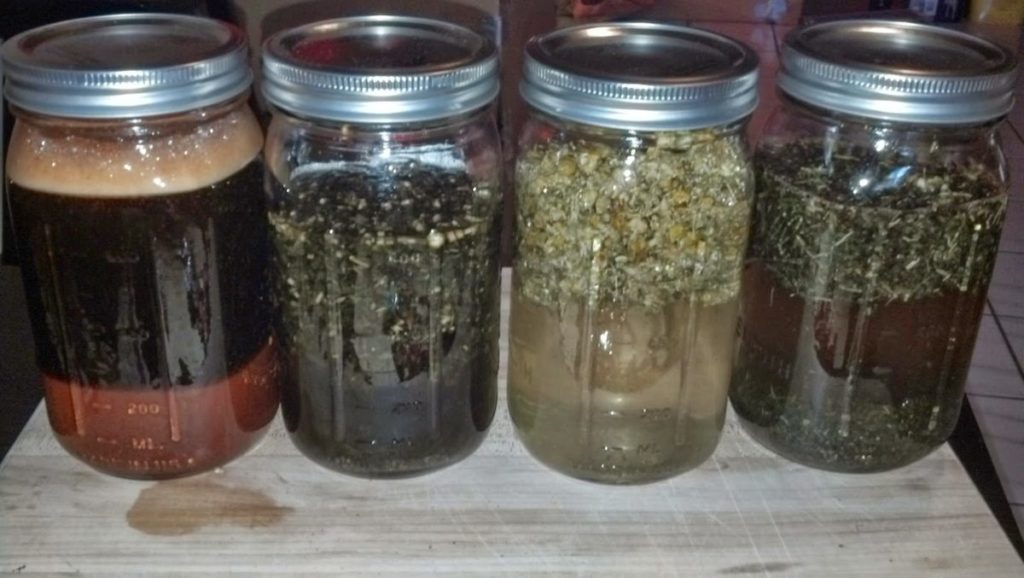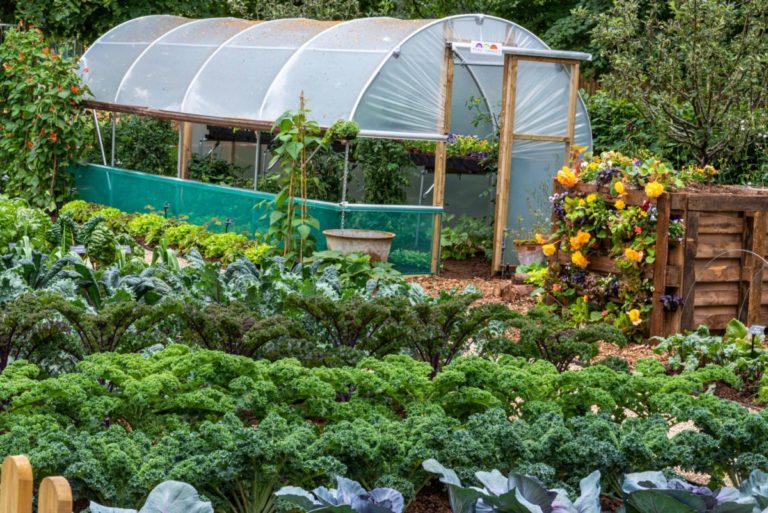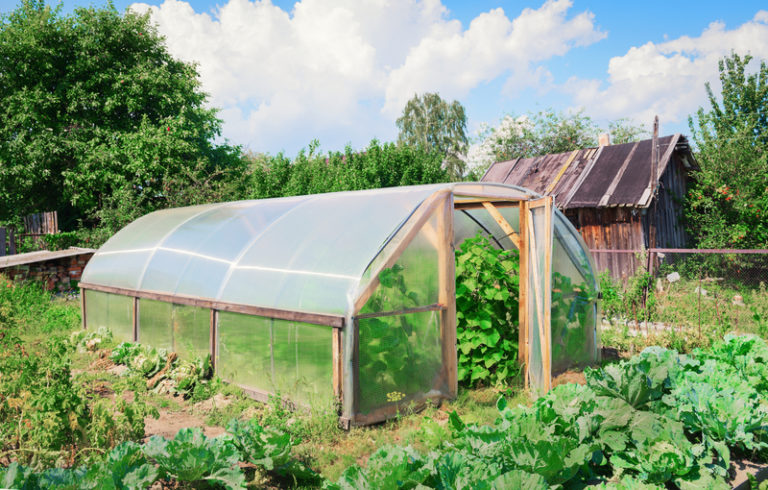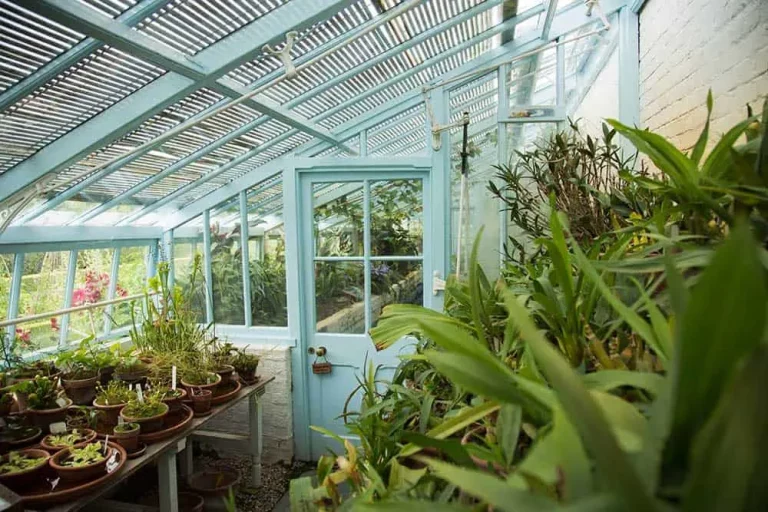Are you looking for a natural way to boost your health and well-being?
Look no further than herbal teas and tinctures made right in the comfort of your own home.
With just a few simple ingredients and some basic kitchen equipment, you can create your own personalized blends that promote everything from relaxation and sleep support to immune system boosts and digestive health.
Whether you’re looking for a soothing cup of tea after a long day or seeking relief from seasonal allergies, making herbal teas and tinctures at home is the perfect solution.
We’ll walk you through everything you need to know to start crafting your own delicious and effective herbal remedies.
Choose the right herbs
Select herbs that are safe for consumption and suitable for your health needs. Some popular herbs for tea and tinctures include peppermint, chamomile, echinacea, and ginger.
Look for herbs that are well-researched and known to be safe for consumption.
Some popular and effective herbs for tea and tinctures include peppermint, chamomile, echinacea, and ginger.
Peppermint is a versatile herb that can help soothe digestive issues, reduce nausea, and ease headaches.
Chamomile is known for its calming effects and can help promote relaxation and reduce stress.
Echinacea is a powerful herb that can boost your immune system and fight off colds and flu.
Ginger is a natural anti-inflammatory that can help with digestion, nausea, and pain relief.
When selecting herbs, it’s important to choose organic and non-GMO options to ensure purity and minimize exposure to harmful chemicals.
Consult with a healthcare professional before using herbal remedies, especially if you have a medical condition or are pregnant or breastfeeding.
With the right herbs and proper preparation, you can enjoy the many benefits of herbal teas and tinctures for your health and well-being.
Dry the herbs
If you’re using fresh herbs, dry them thoroughly to remove excess moisture. This will help preserve the herbs and prevent spoilage.
Drying fresh herbs is a important step in preserving their quality and preventing spoilage.
Fresh herbs contain a high amount of moisture, which can lead to mold and bacterial growth if not properly dried.
To dry herbs, gently pat them with a paper towel or soft cloth to remove excess moisture.
You can also air-dry them by tying them in small bunches and hanging them upside down in a warm, dry place.
This will help to remove excess moisture and prevent the growth of harmful bacteria and mold.
Once dried, store the herbs in an airtight container to maintain their flavor and aroma.
By taking this simple step, you’ll be able to enjoy your fresh herbs for a longer period and prevent spoilage.
Use the right amount of herbs
Use one teaspoon of dried herbs or three teaspoons of fresh herbs per cup of boiling water. Adjust the amount based on your personal preference and the desired strength of the tea or tincture.
When it comes to using herbs in your tea or tincture, the amount is important to achieve the desired strength and flavor.
Using the right amount of herbs can make a significant difference in the effectiveness and enjoyment of your herbal remedy.
For dried herbs, a good starting point is to use one teaspoon per cup of boiling water.
This will provide a subtle yet effective flavor and a moderate level of medicinal benefits.
However, if you prefer a stronger flavor or more potent effects, you can increase the amount to two or three teaspoons per cup.
Fresh herbs require a different ratio, with three teaspoons being the standard amount to use per cup of boiling water.
This will yield a more concentrated and intense flavor and medicinal profile.
Ultimately, the amount of herbs you use will depend on your personal preference and the desired strength of your tea or tincture.
Experiment with different ratios to find the perfect balance for your needs.
Choose the right solvent
For tinctures, you’ll need a solvent to extract the active compounds from the herbs. Alcohol is a popular solvent, but you can also use glycerin or distilled water.
When it comes to choosing the right solvent for your tinctures, there are several options to consider.
Alcohol is a popular solvent due to its effectiveness in extracting the active compounds from herbs, but it can also be harsh on the herbs and may not be suitable for all types of herbs.
Glycerin, on the other hand, is a more gentle solvent that can be used to extract compounds from delicate herbs without damaging their fragile properties.
Distilled water is also an option, but it may not be as effective at extracting compounds as alcohol or glycerin.
When selecting a solvent, it’s important to consider the type of herbs you will be using and their individual properties.
For example, if you’re working with delicate herbs like chamomile or rose petals, glycerin may be a better choice than alcohol.
If you’re working with heartier herbs like ginger or turmeric, alcohol may be a better option.
Ultimately, the best solvent for your tinctures will depend on the specific herbs you’re using, as well as your desired end product and desired level of potency.
By carefully considering your options and selecting the right solvent for your needs, you can ensure that your tinctures are effective and of the highest quality.
Measure the ingredients
Use a measuring cup to accurately measure the herbs and solvent. For tinctures, use a measuring cup to measure the solvent and herbs, and a dropper to apply the tincture to the plant material.
When it comes to measuring the ingredients for making herbal tinctures, accuracy is key.
To ensure the best possible results, it is important to measure the herbs and solvent with precision.
Use a measuring cup to accurately measure the herbs and solvent, and a dropper to apply the tincture to the plant material.
This will help you achieve the correct dosage and potency of the final product.
For example, if you are making a tincture using dried peppermint leaves, measure out 1 tablespoon of dried leaves and 2 ounces of solvent (such as vodka or glycerin) into a measuring cup.
Using a dropper, apply the tincture to the plant material, making sure to cover all surfaces evenly.
This will ensure that the herbs are fully saturated with the solvent, allowing for the proper extraction of the active compounds.
By measuring the ingredients accurately and using a dropper to apply the tincture, you can ensure that your herbal tinctures are consistent and effective.
This will also help you avoid over- or under-dosing the final product, which can have negative consequences for the quality and efficacy of the tincture.
Therefore, it is essential to measure the ingredients with precision and use a dropper to apply the tincture, in order to achieve the best possible results when making herbal tinctures.
Steep the herbs
For tea, steep the herbs in boiling water for 5-15 minutes, depending on the strength of the tea you prefer. For tinctures, steep the herbs for 2-6 hours, depending on the desired potency.
To extract the desired compounds and flavors from herbs, it is important to steep them properly.
For tea, steep the herbs in boiling water for 5-15 minutes, depending on the strength of the tea you prefer.
This will allow the herbs to release their natural oils and flavor compounds into the water, creating a delicious and nourishing tea.
For tinctures, steep the herbs for 2-6 hours, depending on the desired potency.
This longer steeping time will allow for the extraction of more potent compounds from the herbs, creating a stronger and more effective tincture.
Regardless of whether you are making tea or a tincture, it is important to use fresh, high-quality herbs and to steep them properly to ensure the best possible results.
Strain and discard solids
After steeping, strain the tea or tincture to remove the solids and discard them. For tinctures, you can also filter the mixture through a cheesecloth or coffee filter to remove any remaining solids.
When it comes to steeping tea or tinctures, it’s essential to strain and discard the solids to maximize their potential benefits.
After steeping the tea or tincture for the recommended amount of time, carefully strain the liquid through a cheesecloth or a coffee filter to remove any remaining solids.
This process not only helps to remove any loose tea leaves or herb fragments, but it also helps to prevent any potential sediment or impurities from entering your body.
By discarding the solids, you can be sure that you’re only consuming the pure, dissolved compounds that your body can easily absorb.
Filtering the mixture through a cheesecloth or coffee filter can help to remove any impurities or debris that may have accumulated during the steeping process, ensuring that your final product is as clean and effective as possible.
Store the teas and tinctures properly
Store the teas and tinctures in a cool, dark place to preserve their potency and shelf life. Teas can be stored in an airtight container, while tinctures should be stored in glass bottles with dropper caps.
To ensure the optimal potency and shelf life of your herbal teas and tinctures, proper storage is important.
Store them in a cool, dark place, away from direct sunlight and heat sources.
This will help prevent the degradation of the herbs’ delicate compounds and preserve their medicinal properties.
When storing teas, use an airtight container to prevent moisture and air from entering and spoiling the leaves.
For tinctures, opt for glass bottles with dropper caps, as these will protect the formula from light and contamination.
Want More? Dive Deeper Here!
Hey there! If you’re the type who loves going down the rabbit hole of information (like we do), you’re in the right spot. We’ve pulled together some cool reads and resources that dive a bit deeper into the stuff we chat about on our site. Whether you’re just killing time or super into the topic, these picks might just be what you’re looking for. Happy reading!






